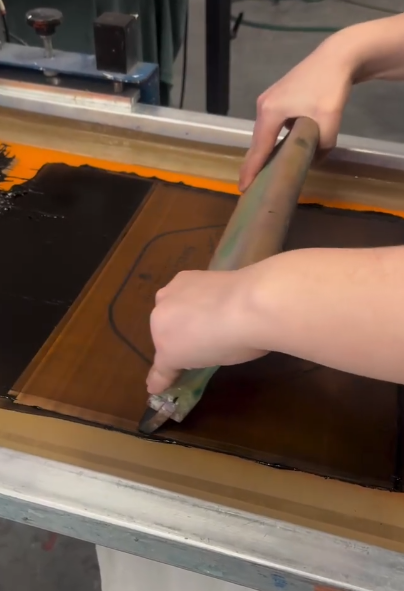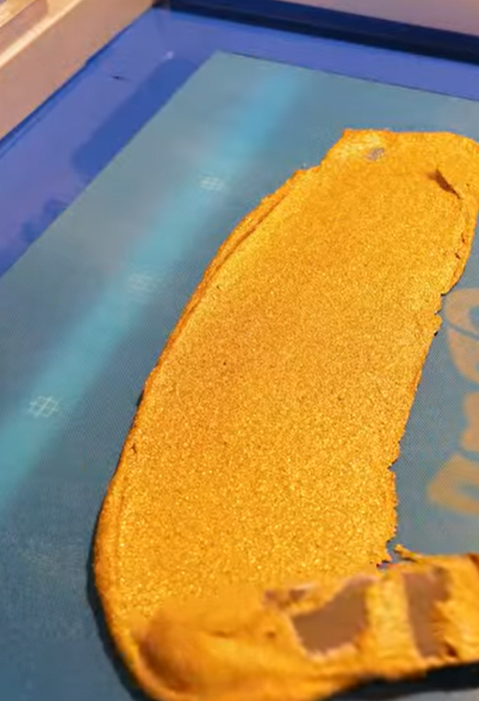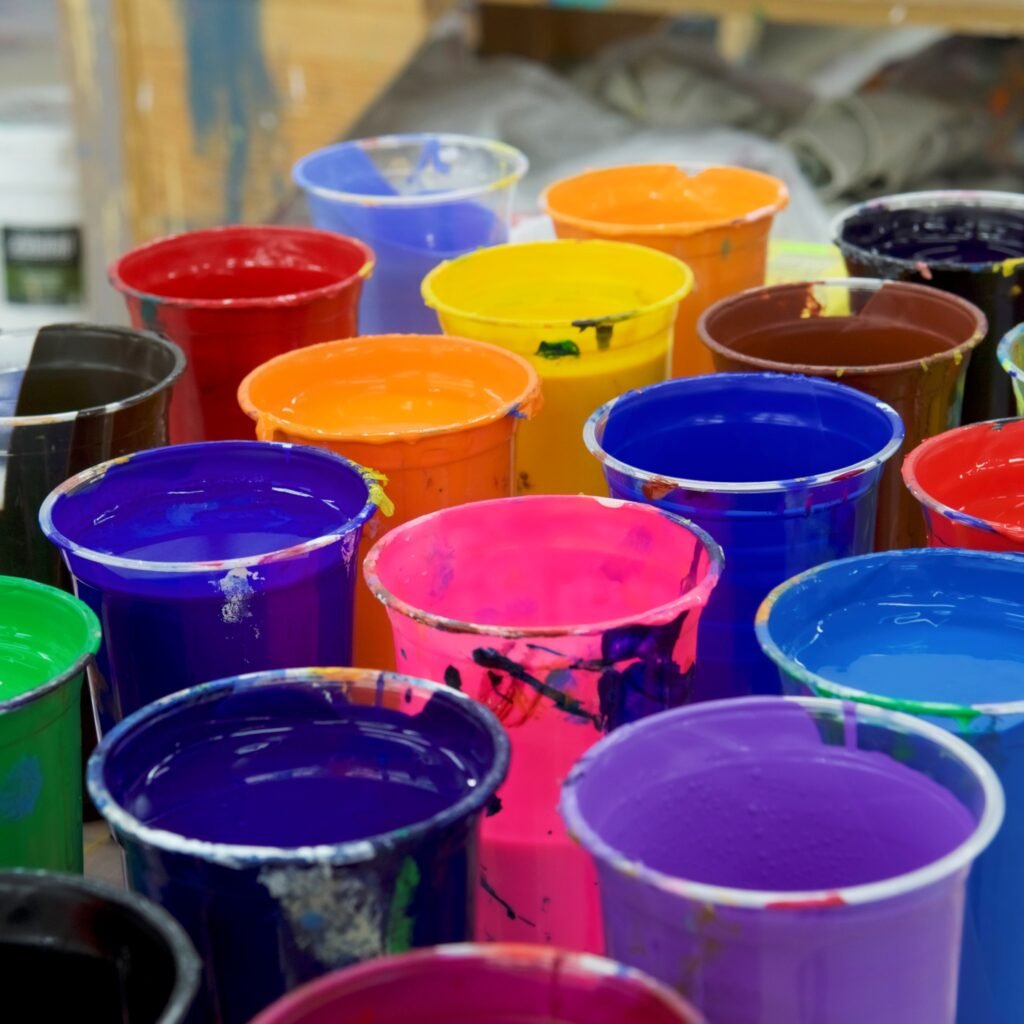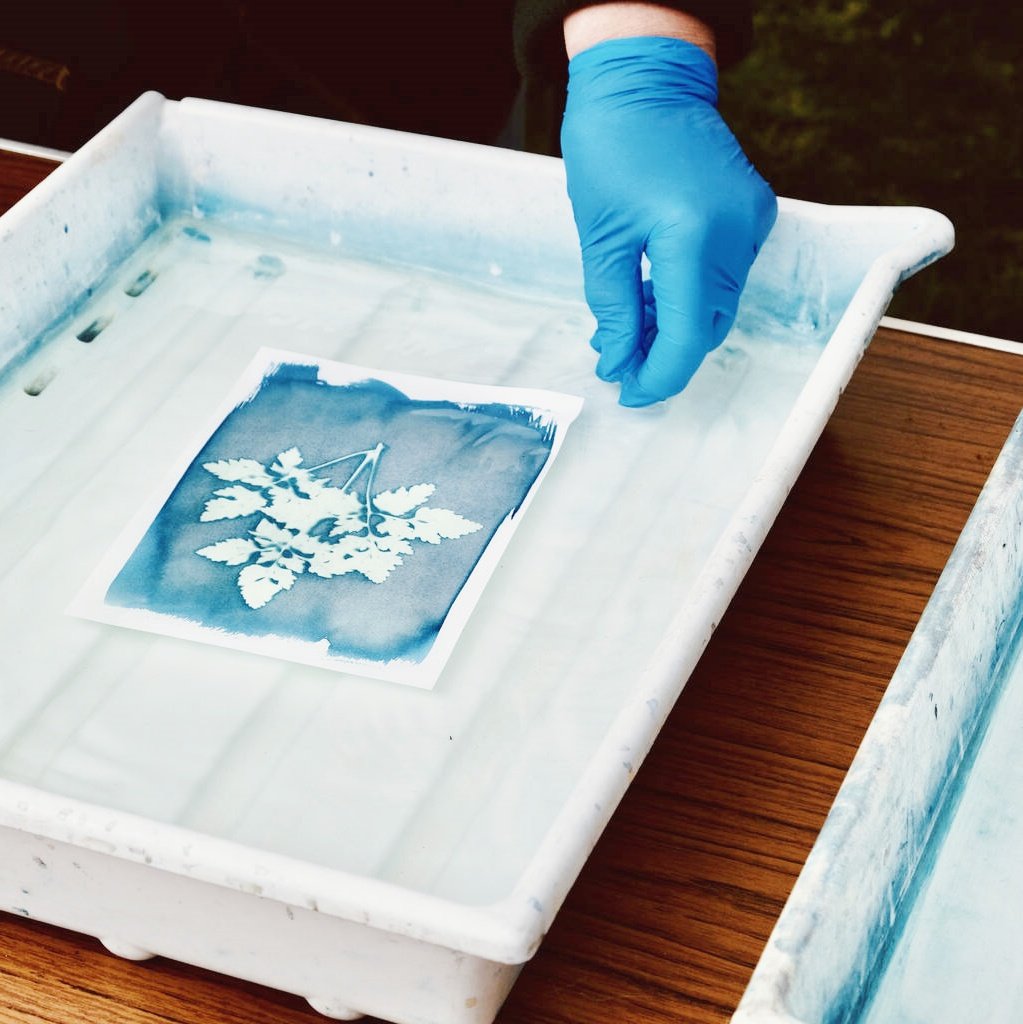Tabla de contenido
Tinta plastisol: ¿Por qué es la mejor opción para serigrafía?
Descripción MetaDescubra por qué la tinta plastisol es la mejor opción para impresiones brillantes y duraderas en ropa, etiquetas y más. Compárela con otras tintas y aprenda a usarla correctamente.
¿Qué es la tinta plastisol?
La tinta plastisol es una tinta especial que se utiliza en serigrafía. Está hecha de Resina de PVC y plastificantesEsta mezcla la hace espesa y pegajosa. A la gente le encanta porque queda genial en telas como camisetas, sombreros y bolsos.
¿Sabías? ¡Más de 70% de serigrafistas utilizan tinta plastisol!

5 grandes razones para elegir la tinta plastisol
1. Cubre perfectamente las telas oscuras
- La tinta plastisol es opaco (no transparente).
- Se mantiene brillante telas negras o de colores oscuros (como camisetas de bandas).
- ¡Las tintas a base de agua no pueden hacer esto!
2. Dura mucho tiempo
- Las impresiones se mantienen brillantes después muchos lavados.
- Genial para ropa de trabajo o pancartas para exteriores (resiste sol y lluvia).
- Solidez del color significa que los colores no se desvanecen.
3. Fácil de usar
- No es necesario pretratar telas (a diferencia de las tintas a base de agua).
- Obras en algodón, poliéstery mezclas.
4. Efectos especiales divertidos
- Agregar brillo, puff o metálico acabados.
- Usar Impresión magnética de Rutland para texturas 3D.
5. Ideal para grandes trabajos
- Permanece húmedo en las pantallas por más tiempo (no se seca durante la impresión).
- Perfecto para pedidos al por mayor (como camisetas de eventos escolares).
Plastisol vs. otras tintas: ¿cuál es mejor?
| Tipo de tinta | Mejor para | No es bueno para |
|---|---|---|
| Plastisol | Telas oscuras, trabajos en masa | Proyectos ecológicos |
| A base de agua | Tacto suave, ecológico. | Telas oscuras, lavados largos. |
| Descargar | Looks vintage en algodón | tejidos sintéticos |
| Eco-solvente | materiales sintéticos | Presupuestos bajos, trabajos rápidos |
¿La tinta plastisol es mala para la Tierra?
Tintas plastisol antiguas Tenía químicos llamados ftalatos (malo para el medio ambiente). Ahora, las empresas hacen opciones más seguras:
- Tintas sin ftalatos: Intentar Serie ECO de Union Ink o Épica de Wilflex.
- Tintas con bajo contenido de COV: Matsui y Galaxia verde son opciones más ecológicas.
Buscar: Estándar Oeko-Tex 100 certificación (significa seguro para la piel).

Cómo usar tinta plastisol: 4 sencillos pasos
- Cúralo bien
- Calentar a 300–330 °F para 60–90 segundos.
- Utilice un Secadora M&R Para un calor uniforme.
- Elige la pantalla correcta
- Usar malla 110–160 Para más detalles.
- Usar Más de 200 mallas para tintas finas.
- Añadir mezclas especiales
- Aditivo de tacto suave Hace que las impresiones sean cómodas.
- Silicona Ayuda a que las impresiones se estiren.
- Evite errores
- No agregue demasiada agua (adelgazamiento excesivo).
- ¡Primero haga una prueba de impresión!
Dónde utilizar tinta plastisol
Ropa
- Camisetas de gimnasio, sudaderas con capucha, y camisetas de eventos (como Gildan o Hanes marcas).
Artículos promocionales
- Bolsas de mano, pulseras de silicona, y alfombrillas de ratón.
Usos industriales
- Calcomanías para coches, etiquetas de PVC, y etiquetas duraderas (cumple ASTM D4366 estándar).
Preguntas frecuentes
¿La tinta plastisol es segura para la ropa de bebé?
Sólo si es libre de ftalatos (¡revisa la etiqueta!).
¿Puedo imprimir sobre nailon?
No-El plastisol no se adhiere bien al nailon o la seda.
¿Se agrietará el plastisol?
Sólo si tú No lo cures bien¡Siga las pautas de calor!



